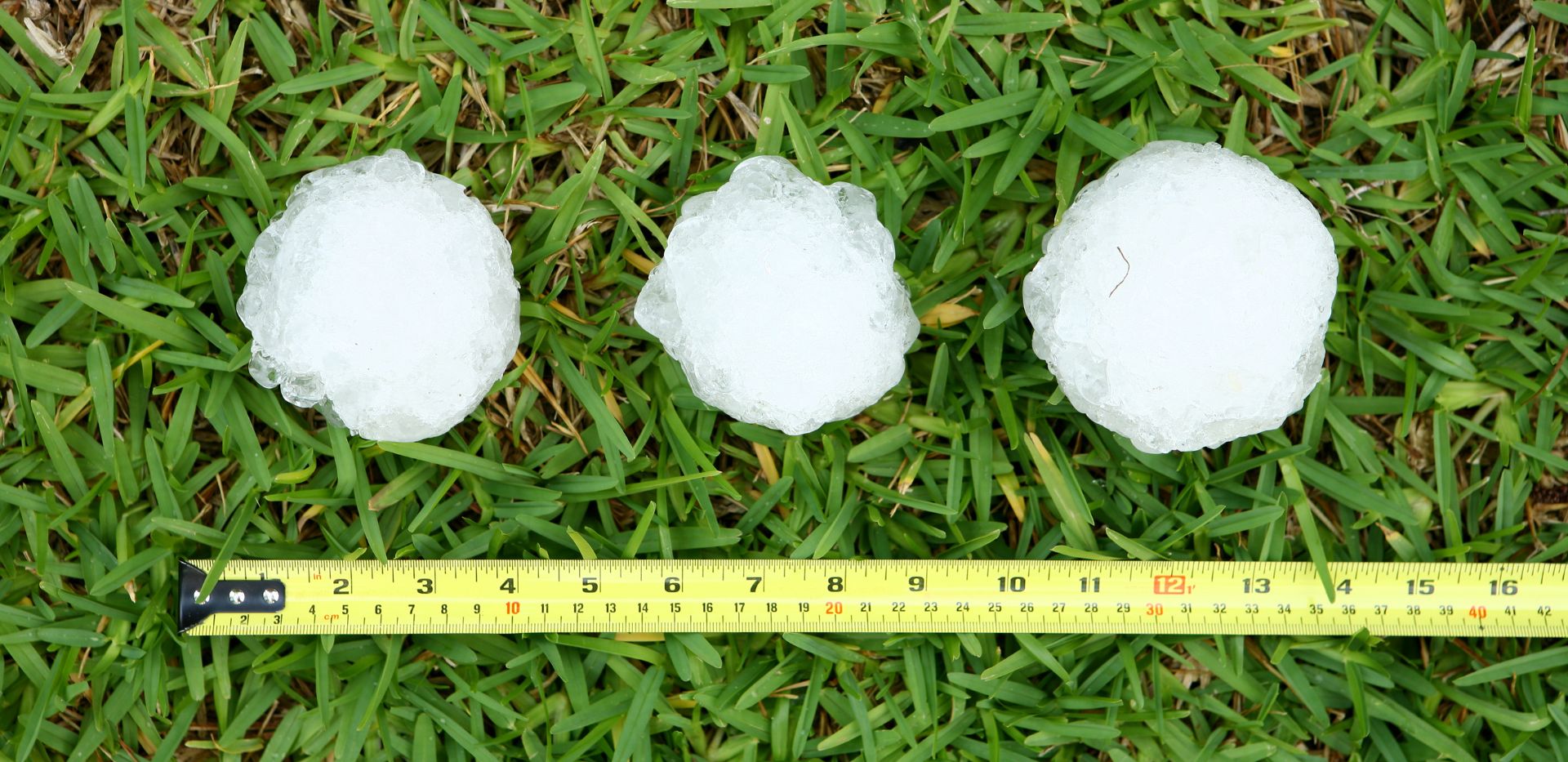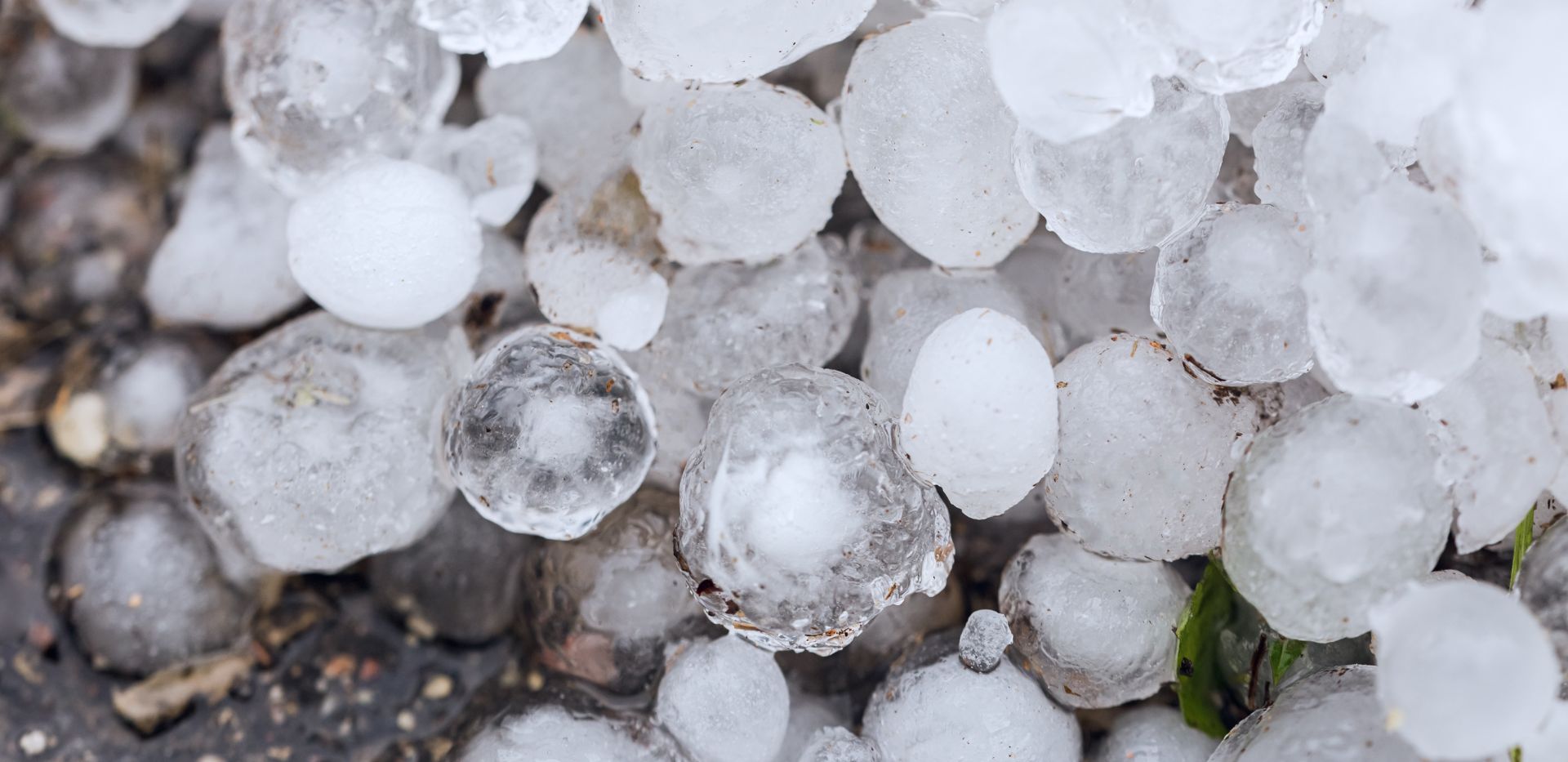How to Measure Hailstones
Knowing how to measure hailstones is crucial when understanding and assessing hail damage. At Colorado Hail Claims, we recognize the significance of accurate hailstone measurement for understanding weather patterns and evaluating potential hail car damage. Accurate measurement helps make informed decisions, especially when dealing with hail damage claims.
Why Measure Hailstones?
Measuring hailstones is crucial for meteorological research and assessing the potential for hail damage. It helps understand the severity of hail storms, which is particularly important for insurance assessments, repair planning and developing new safety measures.

Measuring hailstones
How to measure hailstones
The critical tool for measuring hailstones is a ruler or a measuring tape. For a more precise measurement, a digital caliper is highly recommended. Additionally, having a camera to document the hailstone size is beneficial for records.
Basic Steps for Measuring Hailstones
Safety First: Ensure it’s safe to collect hailstones after a storm.
Immediate Measurement: Measure the hailstones as soon as possible to prevent melting.
Measure the Diameter: Use the ruler, measuring tape, or digital calliper to measure the widest point of the hailstone.
Multiple Measurements: Measure several hailstones to determine an average size.
Document the Size: Take a photo of the hailstone alongside the measuring tool for accurate records.
Storing Hailstones for Measurement
If you don’t have time to take a measurement straight away, you can store the hailstones by:
Place the hailstone in a plastic sandwich or freezer bag.
Squeeze out the air and seal the bag.
Then, keep it in a freezer until you’re ready to measure.
Submitting Hail Measurements
Once measured, you can also present your findings:
Report the size to your local National Weather Service office, local broadcast meteorologists, or via social media and mobile apps like mPING.
When photographing the hailstone, you can also include a reference object for scale.

Hailstones
Understanding Hailstone Sizes and Impact
Hailstones vary in size, and this variance plays a significant role in determining the level of damage they can cause. Here’s a quick look at different hailstone sizes and their typical impact:
Pea-sized (¼ inch): Usually causes minimal damage.
Marble-sized (½ inch): Can damage delicate outdoor items.
Quarter-sized (1 inch): Begins to dent vehicles and damage property.
Golf ball-sized (1¾ inches): Can break glass and lead to significant vehicle and roof damage.
Tennis ball-sized (2½ inches): Often results in severe property damage, including broken windows and dented cars.
Baseball-sized (2¾ inches) and larger: Capable of causing extensive damage to vehicles, roofs, and structures.
Larger hailstones, especially those the size of golf balls or bigger, can inflict significant damage. They have the force to dent metal, shatter glass, and even compromise the structural integrity of buildings and vehicles.
Colorado Hail Claims in hail damage assessment
Tracking weather events and keeping records of annual hailstorm activity and the size of hail is vital for developing technology to better warn residents in hail-prone areas. Colorado Hail Claims is committed to empowering clients with the knowledge and skills to manage the aftermath of hail storms effectively. We offer comprehensive services that deal with all levels of car hail damage. If your car has taken a hit by hail, get in touch, and we will run you through our seamless process and get your vehicle back on the road looking shiny and new.


